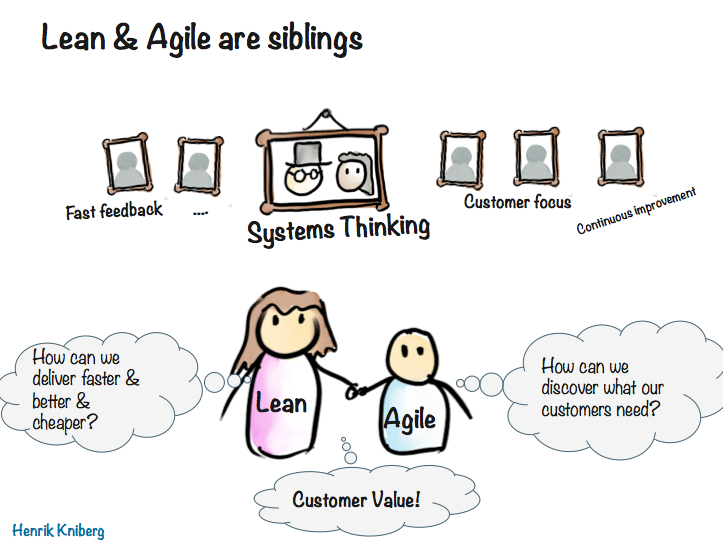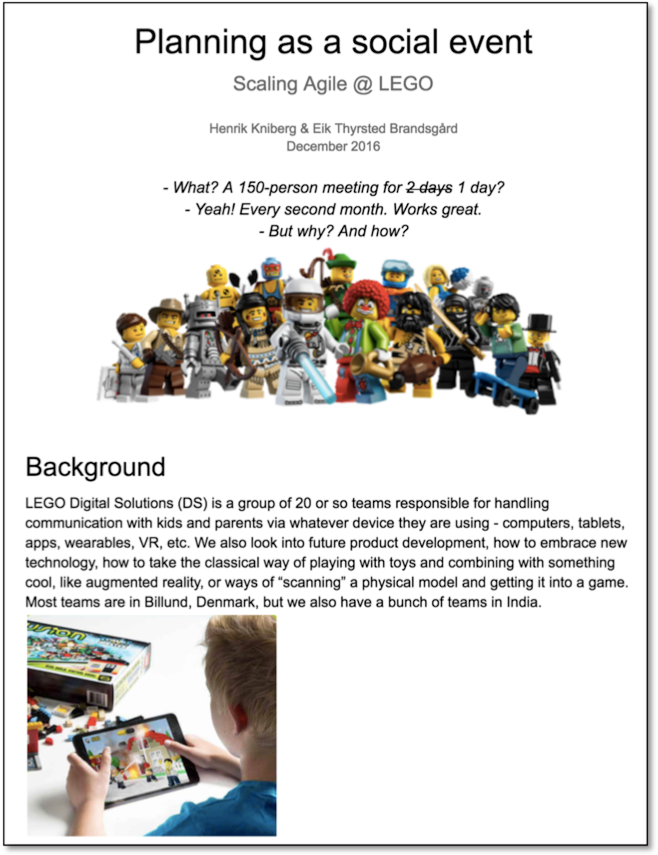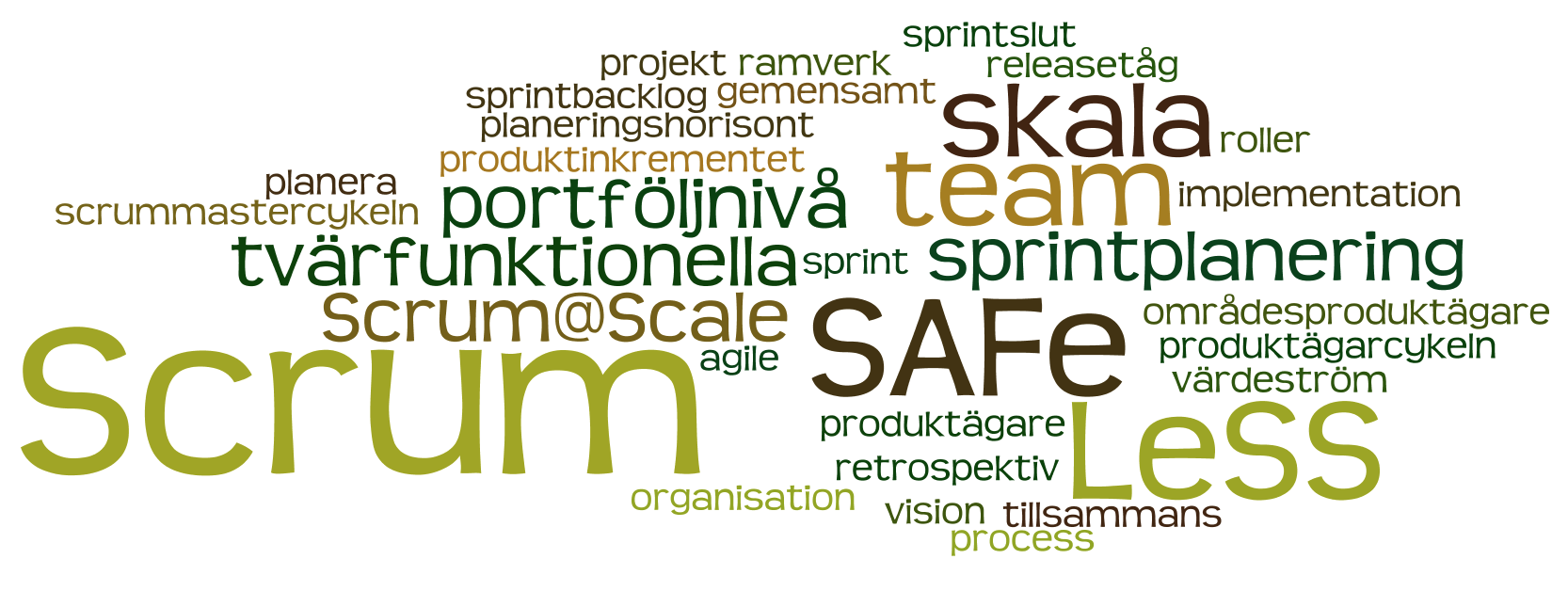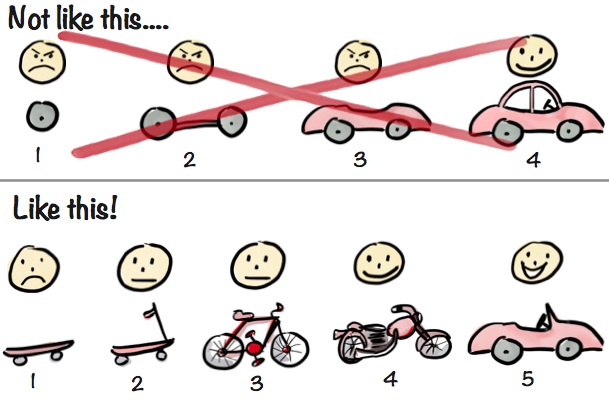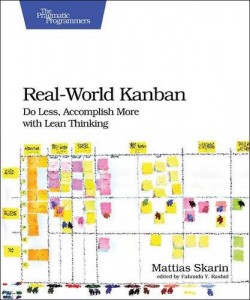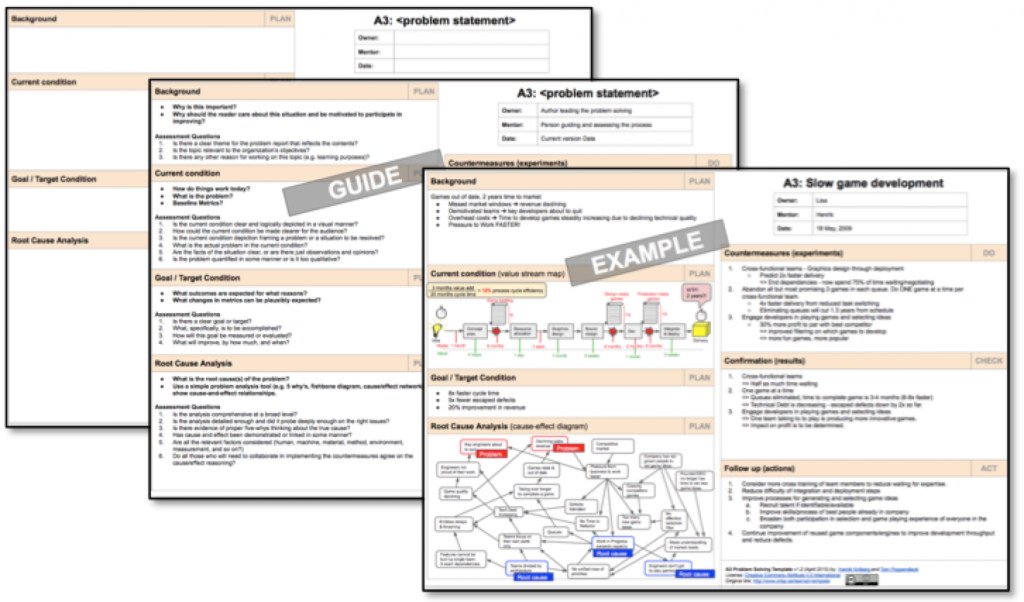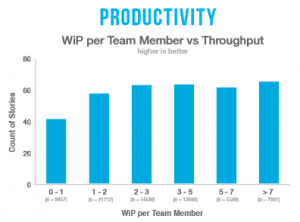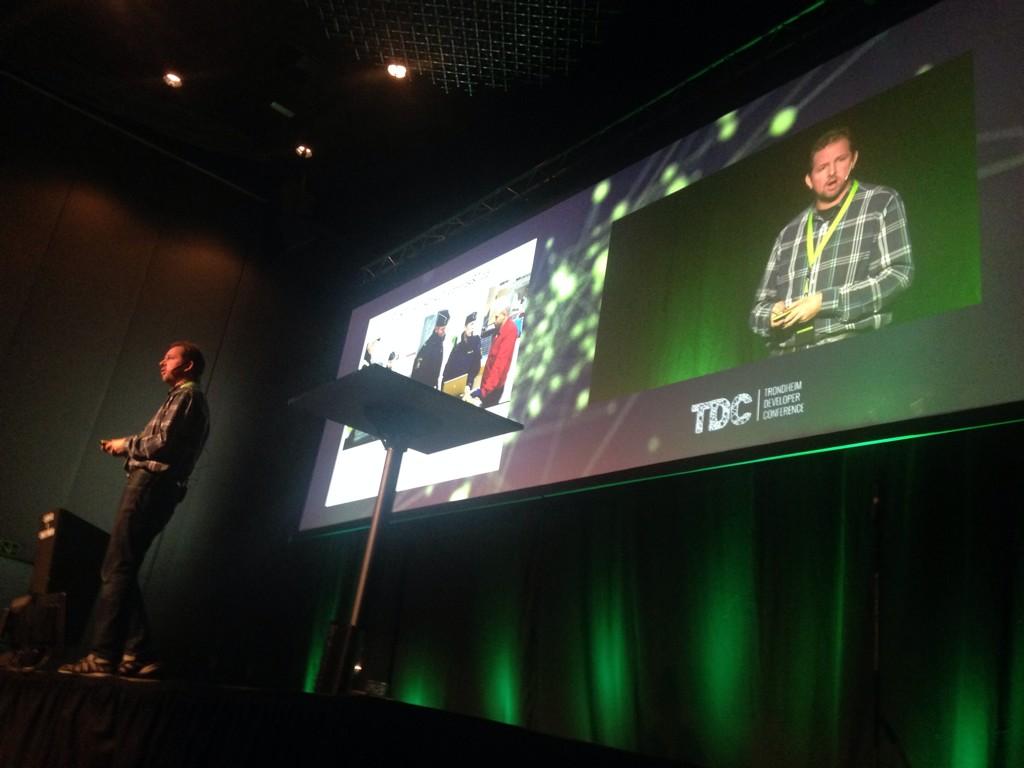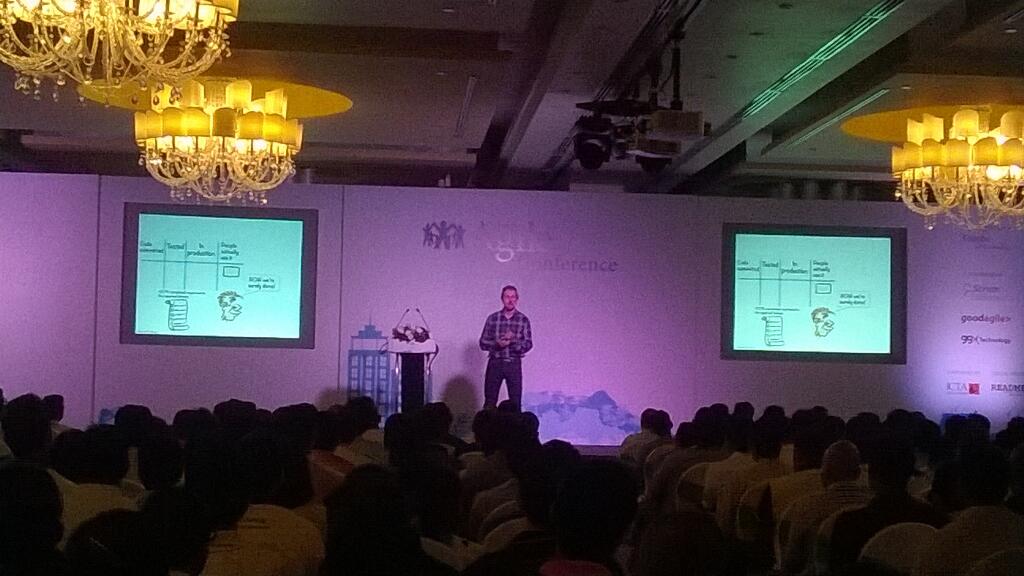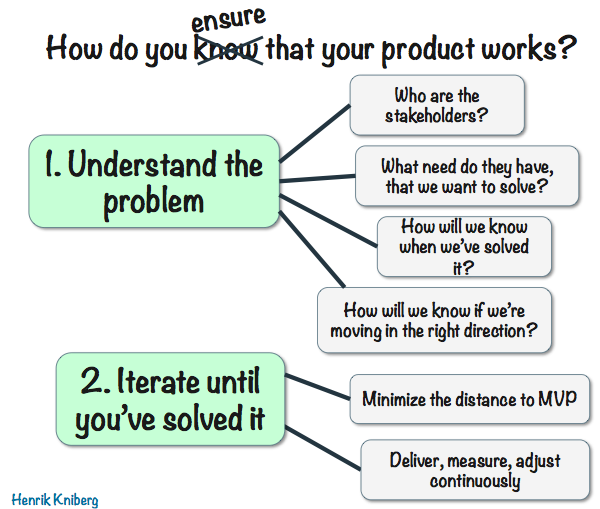Here are the slides from my keynote “Agile Everywhere” at Lean Forum, Gothenburg.
Great conference, great atmosphere! Very inspiring to hang out with a bunch of super-experienced practitioners. I love conferences where it’s clear that everyone is there to learn and spread knowledge. It’s funny though, in lean circles like this I’m often known as the Agile Guy, while in agile circles I’m often known as the Lean Guy 🙂
Here are some sample pics.
